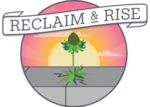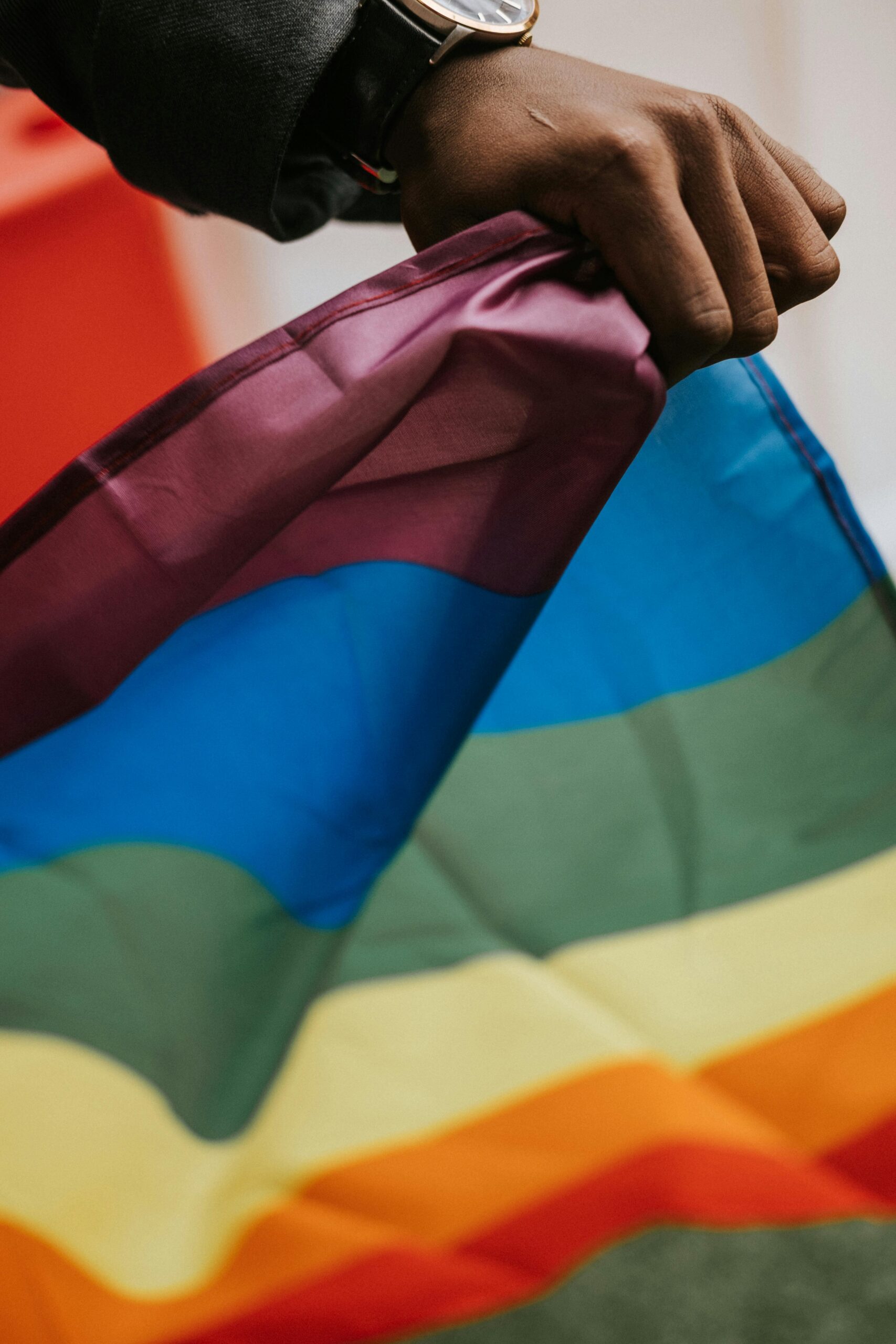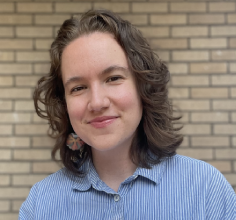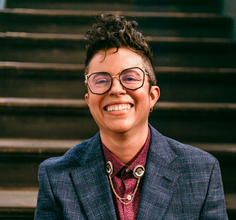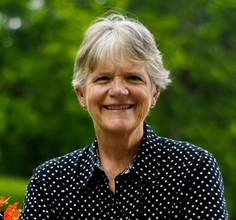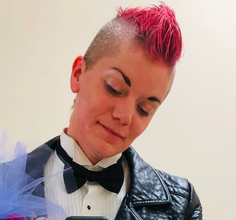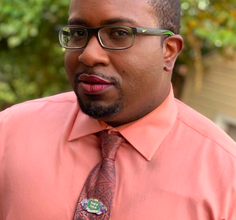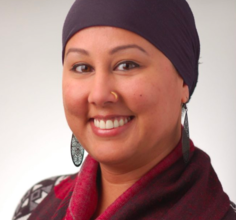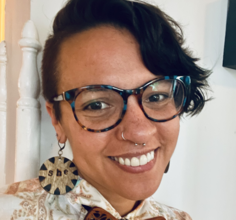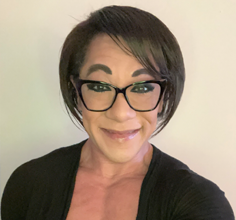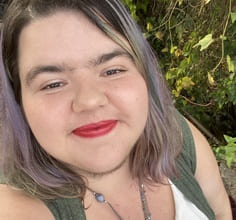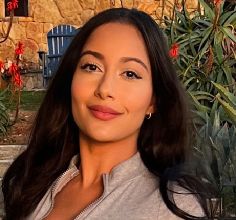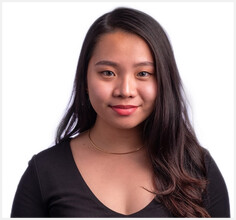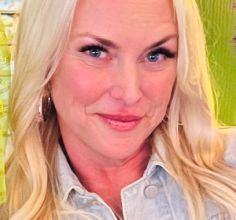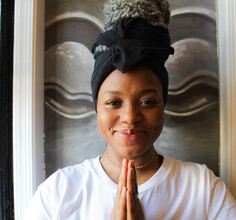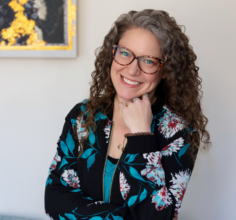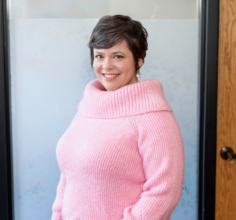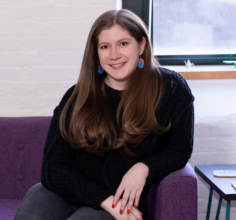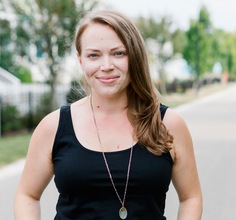Labels. While they tend to be binding at times, they provide a structure for our human minds to categorize and group people and things for a more comprehensive idea of how to respectfully identify them. Labels also give communities an opportunity to be seen; to declare their own labeled identities, have a seat at the table, be part of the conversation, and grow and flourish through visibility and space for their existence. That said, there are so many recognitions of communities, it can sometimes be difficult to maintain awareness of all of them. Without awareness, connections between communities could potentially become more difficult, leading to further divisions between diverse groups, isolation of cultural expression, and the furtherance of demonizing groups too easily marked as “other.” One of the many beautiful things about a cultural community is the nuance among nuances. Because every human is a unique being all to themselves, there are many “shades of grey” in almost all categories of people. I’d like to take this space to explore the LGBTQQIP2SAA acronym; what it stands for and where you may be able to find a connection in this particular community.
L-Lesbian, describing women who are sexually and romantically attracted to only other women.
G-Gay, referring to people who are sexually and romantically attracted only to those of their own sex.
B-Bi-sexual, describes an individual who is sexually and romantically attracted to more than one gender or sex.
T-Transgender, referring to an individual whose gender identity does not correspond with the sex that was registered at the time of birth.
Q-Queer, describing an individual whose identity cannot be defined by established ideas of gender and sexuality.
Q-Questioning, referring to an individual who is exploring, who has not yet declared their sexual orientation, identity, gender, or potentially all 3.
I-Intersex, defined by sex organs that may not fit the typical binary male or female.
P-Pansexual, describing an individual who is attracted to other individuals, regardless of sex or gender expression.
2S-Two Spirit, is a term created in the 1990s by Native Americans who wanted an intertribal way to speak about their gender and/or sexuality in ways that were relevant to Indigenous cultures. Some people use the term Two Spirit to also reference sacred roles that they hold. Other LGBTQ+ Native people do not use the term to describe themselves and may use tribal specific terms, Indigiqueer, “Native lesbian”, etc.
A-Androgynous, describing an individual whose sex is indeterminate and expresses both (stereotypically) male and female traits in their appearance.
A-Asexual, referring to an individual who does not experience sexual feelings or desires.
It is entirely possible that you read the acronyms and were able to identify pieces of yourself in the definitions or potentially learned something new while reviewing them. It’s also entirely possible that you didn’t. If that’s the case, you might find commonalities in the “ally” category. Allies are a critical component to the health and well-being of any community. The support and affirmation that allies provide assist in the thriving and acceptance of diverse communities and people. Being an ally doesn’t necessarily require you to give up weekends to protest in front of legislative buildings or fly pride flags from your home. While those activities are undoubtedly welcomed, participating in society as an ally can be as simple as utilizing the pronouns one establishes for themselves, affirming an individual as they present, or simply refusing to engage in derogatory language and/or behaviors targeting other humans. Space to create connections can be found in almost all communities…we just need awareness in order to identify where that space may be for us. The more we know, right?!
